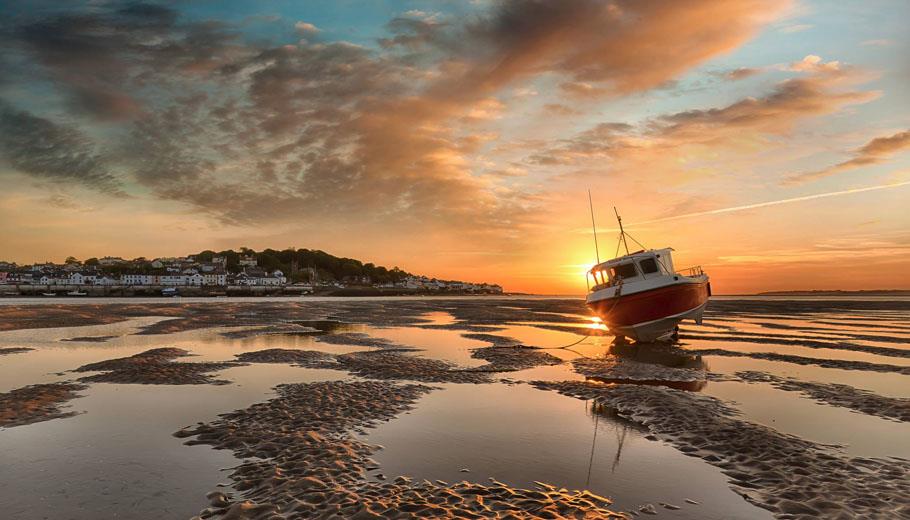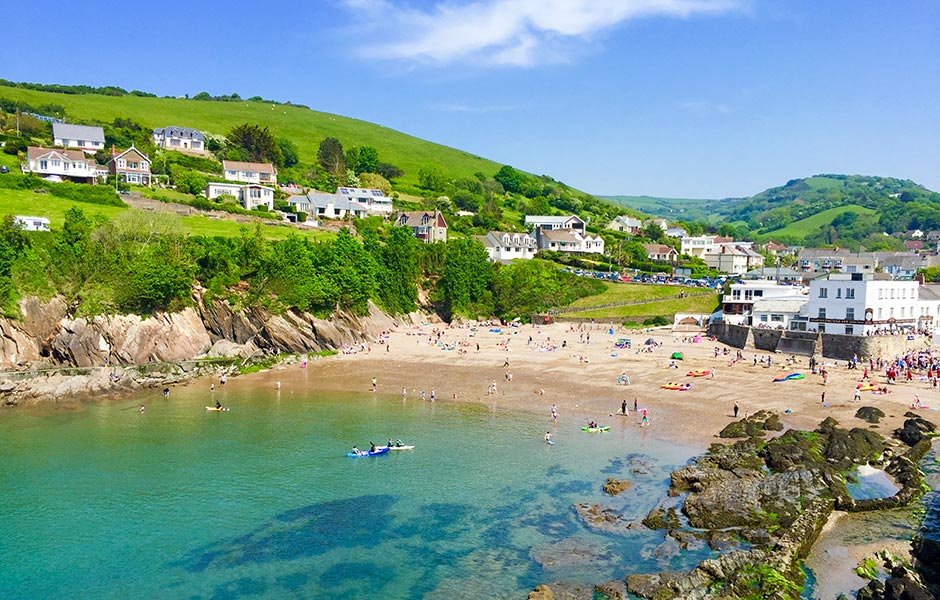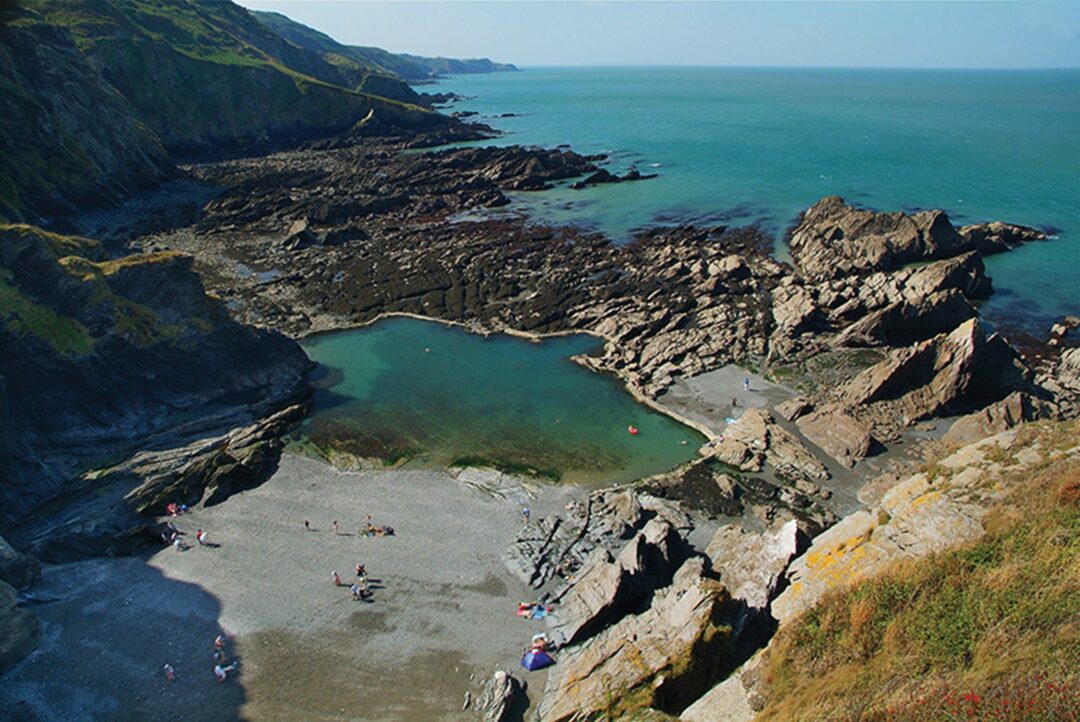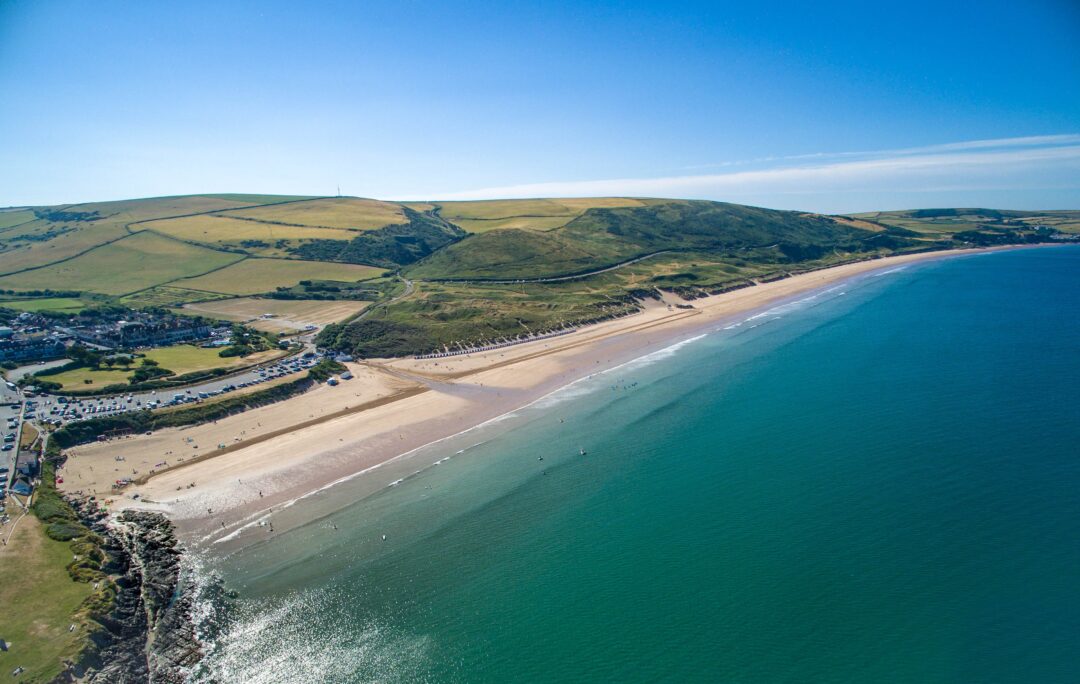Instow is a beautiful village in North Devon, England, nestled along the picturesque estuary where the Rivers Taw and Torridge meet.
Just across the water lies the historic port town of Bideford and that of Appledore with which Instow shares a long and fascinating history.
| Key Takeaways |
|---|
| Instow shares a long history with Bideford, offering insights into the development of local trade, culture, and society. |
| Instow’s proximity to Bideford played a crucial role in the growth of trade and commerce in the region. |
| Instow transformed from a maritime village to a peaceful residential area, attracting residents and visitors alike. |
| Both Instow and Bideford residents benefit from shared amenities and public services. |
| Tourism generates jobs and supports local businesses in Instow while sustainable tourism initiatives are being developed. |
Significance of studying Instow’s history and relationship to Bideford
Understanding Instow’s history and its connection with Bideford not only reveals the area’s rich past but also offers valuable insights into the development of local trade, culture, and society.
Exploring the historical and contemporary relationship between these two places helps us appreciate the unique character and charm of both Instow and Bideford.
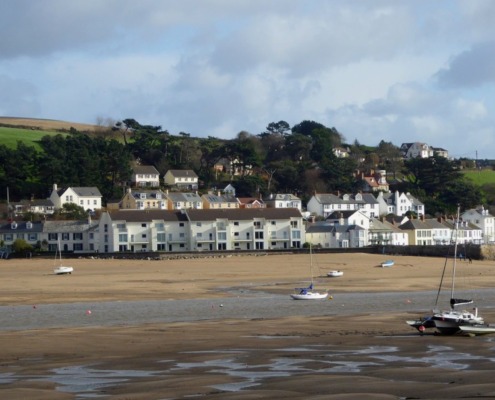
Historical background of Instow
Early history and settlements
- Prehistoric and Roman periods.
Evidence of early human activity in the Instow area dates back to prehistoric times, with various remains found in the vicinity. The Romans also left their mark, with traces of settlements discovered along the River Torridge. - Saxon and Medieval era.
Following the Romans, Saxons settled in the area, and mention of Instow can be found in the historic Domesday Book of 1086. During the medieval period, the village developed as a small farming and fishing community.
Relationship with Bideford
- Development of trade and commerce
Instow’s proximity to Bideford played a crucial role in the growth of trade and commerce in the region. The Bideford waterfront became a hub for the maritime industry, shipbuilding, and international trade. The River Torridge provided a vital transport link for goods and people between the two settlements. - Social and cultural exchanges
Over time, the close relationship between Instow and Bideford led to a rich exchange of ideas, culture, and traditions. This is evident in various shared aspects of their heritage, such as architecture, art, and local customs.

Featured Places to Stay Near Bideford
Instow’s Role in Modern Times
Instow experienced a dramatic transformation from a maritime village to a peaceful residential area as the significance of the local shipping industry declined in the nineteenth and twentieth centuries.
However, its charming character and picturesque setting continued to attract residents and visitors alike. Personally speaking, watching the sun set over the top of Appledore & Bideford which sat on the wall by the beach is just amazing.
Impact of Industrialization and Urbanization
- Changes in economic activities
With the decline in maritime trade, new industries and economic activities emerged in Instow, such as agriculture, tourism, and small-scale handicrafts. Even a cafe in a hut has popped up outside the Commodore hotel. - Population growth and migration patterns
Instow’s population experienced fluctuations due to the changes in the local economy and job opportunities. While some residents sought jobs in nearby towns like Bideford, others migrated to larger cities for better opportunities.
Relationship with Bideford in the contemporary era
- Transport links and infrastructural development.
Today, Instow is well-connected to Bideford by road and water. The historic Bideford railway, which once linked the two places, is now a popular heritage attraction and SW footpath. - Shared amenities and public services
Both Instow and Bideford residents benefit from various shared amenities and public services, such as healthcare, education, and recreational facilities.


Related Post:
The Best Surfing Beaches in Devon
Tourism in Instow
Natural attractions and recreational activities
- The Beaches and coastal paths
Instow’s sandy beach is a popular attraction for visitors, as well as its stunning coastal paths, like the South West Coast Path, offering breathtaking views. - Nature reserves and wildlife.
The area is also home to diverse wildlife and habitats, with nearby nature reserves such as Braunton Burrows providing fantastic opportunities for wildlife enthusiasts.
Cultural and heritage sites
- St. John the Baptist Church.
This historic church, dating back to the thirteenth century, is a beautiful example of local architecture and history. - Instow Signal Box and Railway Station.
Visitors to Instow can explore the restored signal box and learn about the village’s railway heritage at the Bideford Railway Heritage Centre.
Events and festivals
- Instow Festival.
This annual event takes place on Instow Beach and features a variety of attractions, including live music, craft stalls, food vendors, and activities for children. - Seasonal attractions and fairs.
Throughout the year, Instow and Bideford host several annual events, such as Christmas markets, summer fairs, water festivals and so on…
Impact of Tourism on the local economy and Environment
- Job creation and business opportunities
Tourism generates jobs and supports local businesses in Instow, ranging from restaurants and cafes to accommodation providers and tour operators. - Sustainable development and conservation effort.
As tourism continues to grow in the area, there is an increasing focus on developing sustainable tourism initiatives and protecting Instow’s unique environment and heritage.
In Summary
Instow has a rich and diverse history, shaped by its early settlers, its maritime past, and its close relationship with Bideford. Today, the village boasts a wealth of natural beauty, cultural heritage, and tourism potential.
As tourism and development continue to grow in the area, it is essential to protect and preserve Instow’s unique character and heritage for future generations to enjoy.
Instow residents face various challenges and opportunities, such as balancing growth with sustainability and managing the impacts of tourism. By embracing a collaborative and forward-thinking approach, both Instow and Bideford can thrive while preserving their shared heritage and identity.
Frequently Asked Questions
- Q: What is Instow?
A: Instow is a village in North Devon, England, situated along the estuary of the Rivers Taw and Torridge. - Q: What is the significance of studying Instow’s history?
A: Understanding Instow’s history and its connection with Bideford offers valuable insights into the development of local trade, culture, and society. - Q: What is the historical background of Instow?
A: Instow has a rich history dating back to prehistoric times, with evidence of early human activity found in the area. It was also settled by Saxons and developed as a small farming and fishing community during the medieval period. - Q: How did Instow’s relationship with Bideford develop?
A: Instow’s proximity to Bideford played a crucial role in the growth of trade and commerce in the region, with the River Torridge providing a vital transport link between the two settlements. Over time, the close relationship between Instow and Bideford led to a rich exchange of ideas, culture, and traditions. - Q: What is the tourism potential of Instow?
A: Instow boasts a wealth of natural beauty, cultural heritage, and tourism potential, with attractions such as its sandy beach, coastal paths, nature reserves, historic church, and railway heritage center. Tourism generates jobs and supports local businesses in Instow, ranging from restaurants and cafes to accommodation providers and tour operators. - Q: What are the challenges faced by Instow residents?
A: Instow residents face challenges such as balancing growth with sustainability, managing the impacts of tourism, and preserving the unique character and heritage of the village.
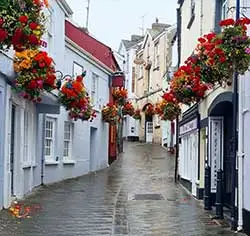
Our newsletter is packed with helpful tips and resources to help you mazimise your time in & around Bideford. Sign up now and join our community of savvy Bideford’ers.
About the Author
Welcome to Bideford.com! I’m Matt, a seasoned explorer and avid fan of Bideford and the broader North Devon area. With over a decade of consistent family visits, virtually every weekend, I’ve immersed myself in the rich history and vibrant culture Bideford & North Devon.
On this site, you’ll find a wealth of knowledge amassed from my adventures here. From in-depth local guides to engaging blog posts about Bideford. Whether you’re looking for recommendations on things to do or guidance on where to stay we have you covered. Join me as we delve into the heart of Bideford, North Devon – a town that’s more than just a destination, but an experience waiting to be discovered.
Do you want to see your favourite Bideford attraction, place to stay, event or activity listed here? Contact Us!

